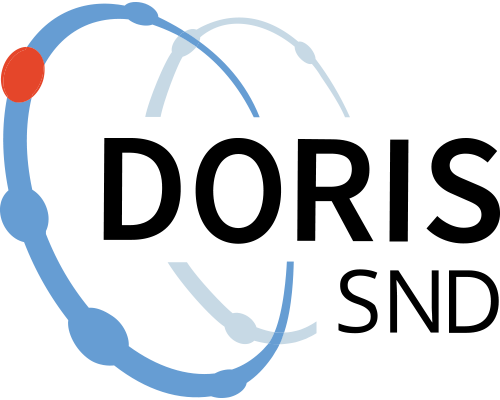The Scanian Economic Demographic Database (SEDD)
The Scanian Economic Demographic Database (SEDD) is based on family reconstitutions for nine rural parishes (Ekeby, Frillestad, Halmstad, Hässlunda, Hög, Kågeröd, Kävlinge, Sireköpinge and Stenestad) and one city (Helsingborg) in Scania, the southernmost county of Sweden, in which information in church records on births, deaths and marriages are linked together to form families. The database is the result of project collaborations between the Centre for Economic Demography (CED) and the Regional Archives in Lund. The co-operation has produced both an event database, in which all basic source material is registered, and an applied research database. The event database is accessible through the Regional Archives in Lund.
The description that follows primarily relates to the research database which contains information on five parishes (Halmstad, Hög, Kågeröd, Kävlinge and Sireköpinge). From the late 19th century onwards, one of the rural parishes was transformed from a minor rural village to a small industrial town (Kävlinge), while the others preserved their rural characters.
At its present stage, the research database includes data for 104 000 individuals from 1646 up to 1968, to which data from central registers for the period up to 2011 has been added. Data for the city of Landskrona are presently digitized. The database contains a variety of information on individual as well as household/family level and each individual in the database is under observation from birth/ in-migration and throughout the life span/ until an out-migration occurs. The fact that the database covers almost four centuries and that it combines economic and demographic data in one database has made it unique by Swedish comparisons.
Demographic variables include:
Births
Deaths
Cause of death
Marriages
In-migration
Out-migration
Birth-order
Socioeconomic and health variables include:
Occupation
Land holdings (farm size etc.)
Type of residence (farm, croft, cottage etc.)
Property ownership (freehold, crown, noble)
Income
Height
Health at birth
Health at mustering
Household variables include:
House-hold size
Typology of house-hold members (servants, nuclear family, lodgers etc.)
Purpose:
The purpose of the Scanian Economic Demographic Database (SEDD) is to function as a research infrastructure for economic as well as demographic research.
Go to data source
Opens in a new tabhttp://www.ed.lu.se/databases/sedd
Citation and access
Citation and access
Data access level:
Creator/Principal investigator(s):
- Martin Dribe - Lund University - Economic History Department
- Patrick Svensson - Lund University - Economic History Department
- Tommy Bengtsson - Lund University - Economic History Department
Research principal:
Data contains personal data:
No
Citation:
Method and outcome
Method and outcome
Geographic coverage
Geographic coverage
Administrative information
Administrative information
Topic and keywords
Topic and keywords
Relations
Relations
Metadata
Metadata
Version 1
